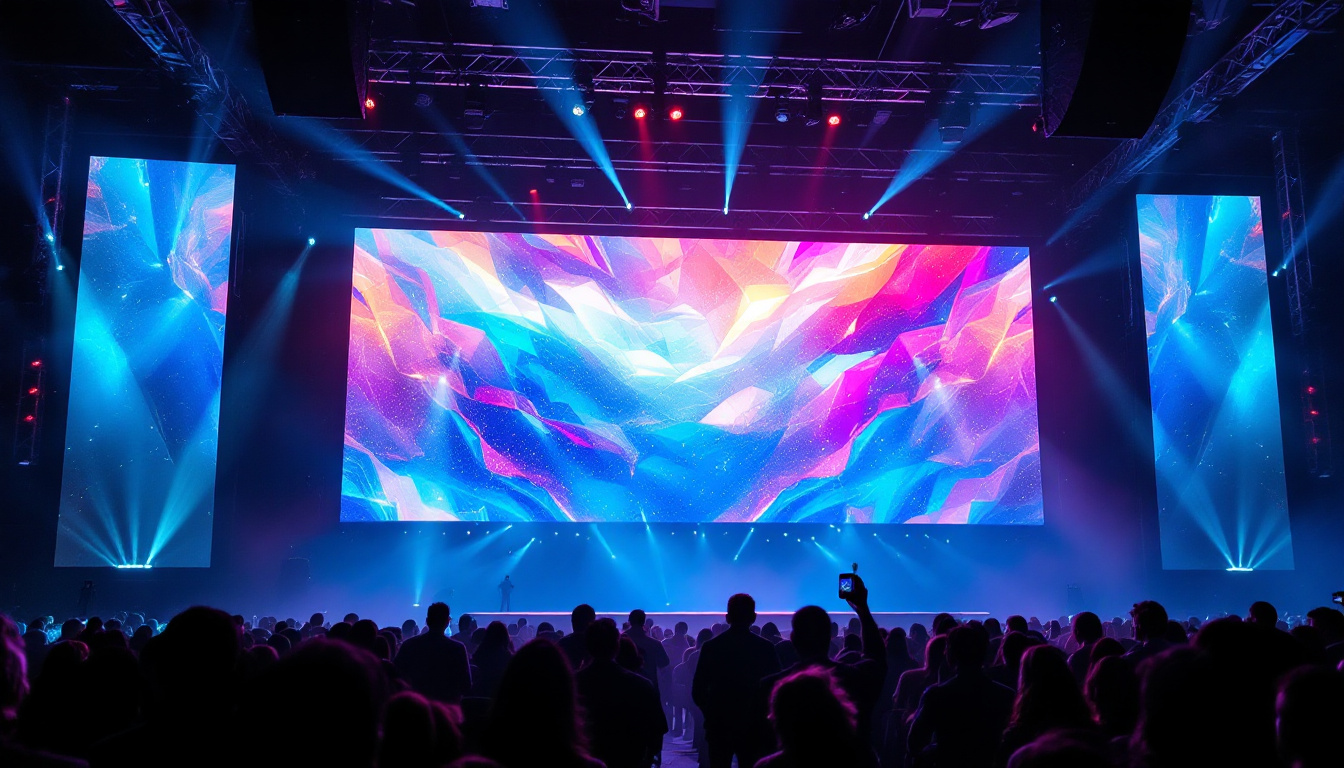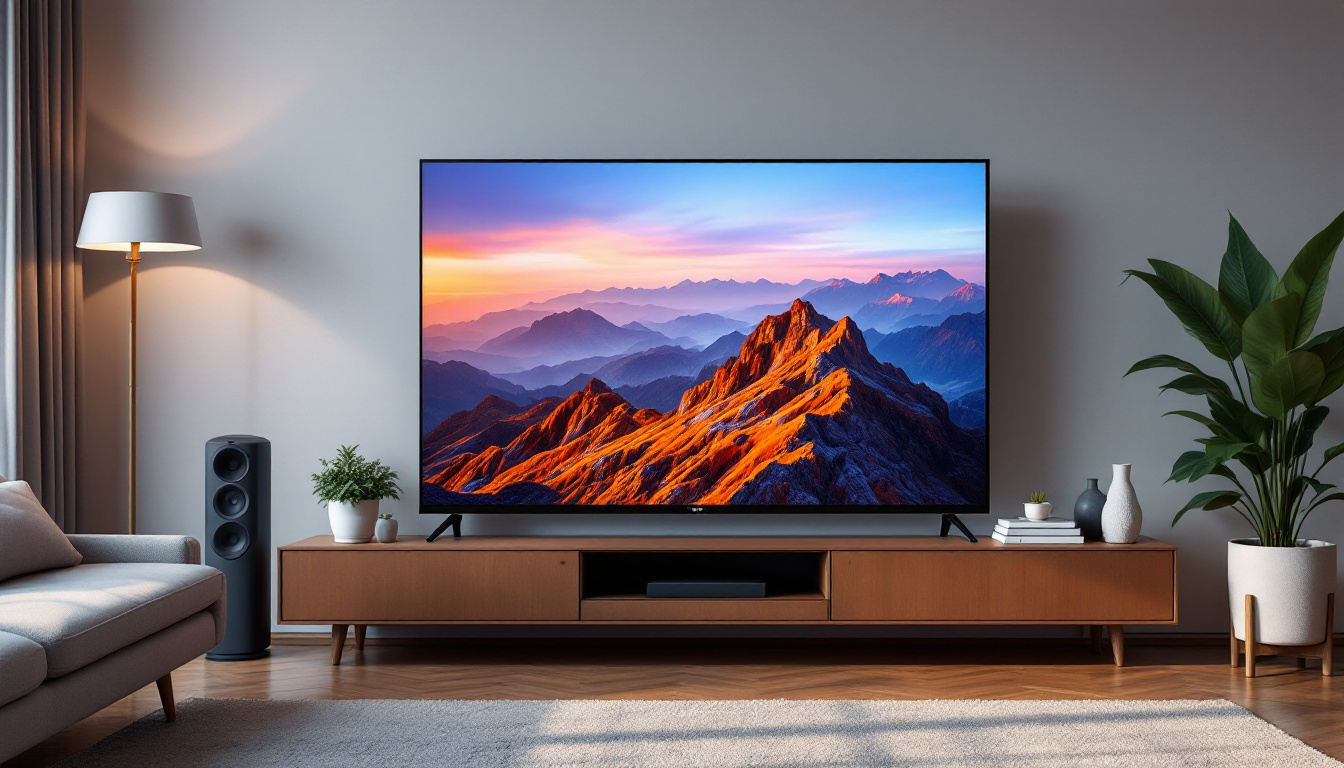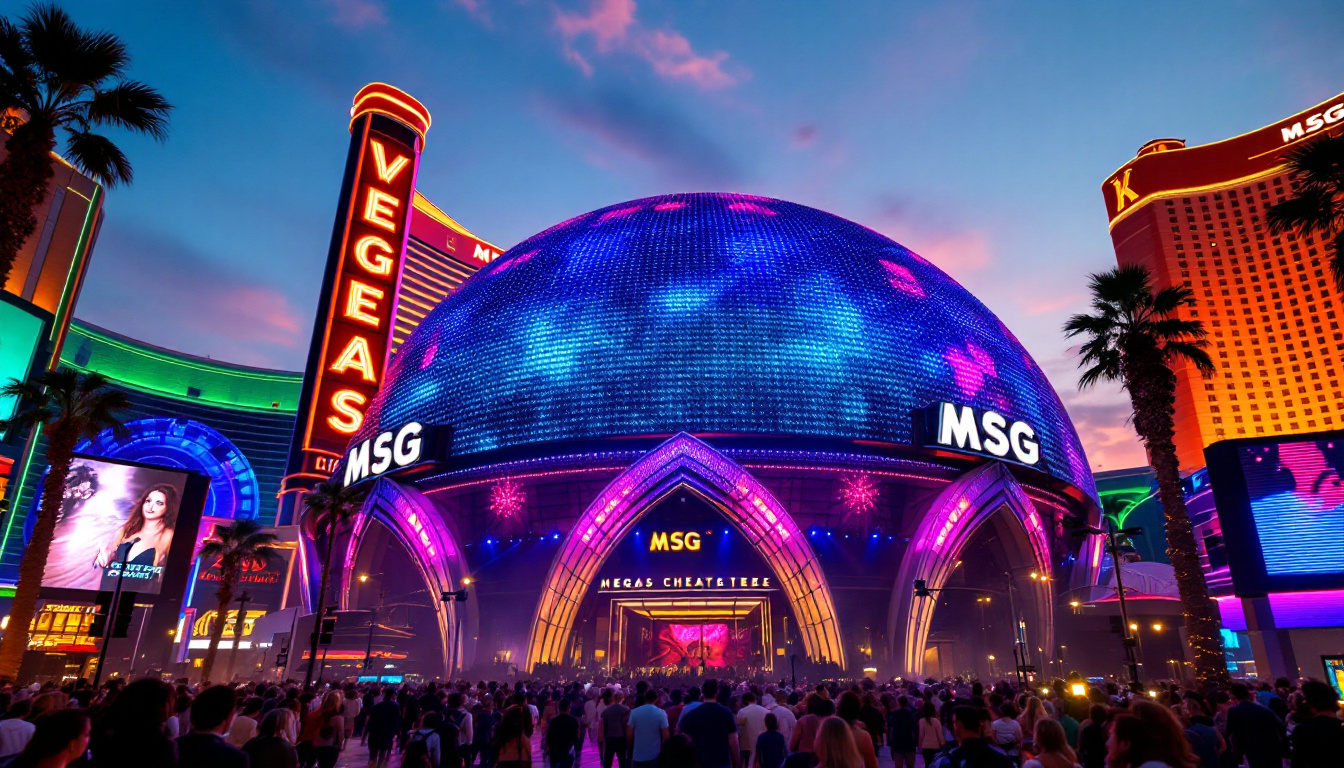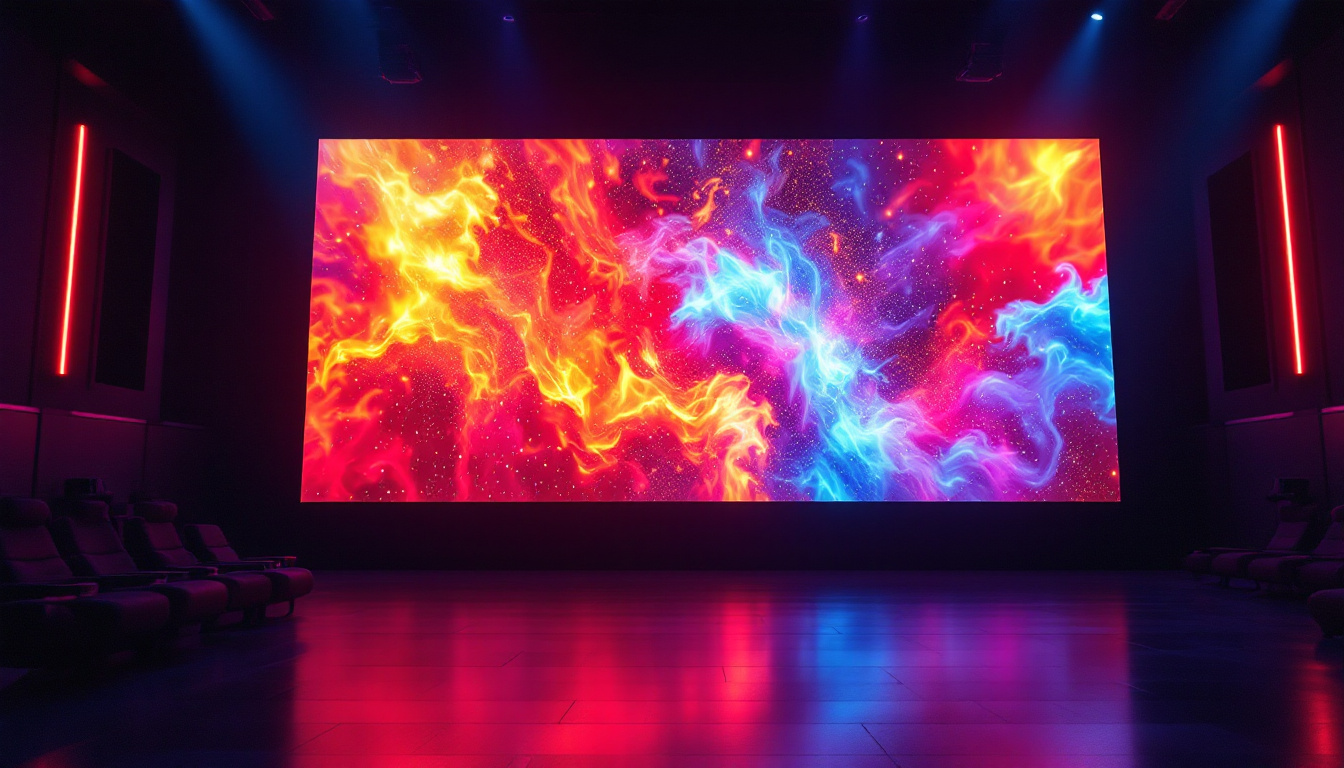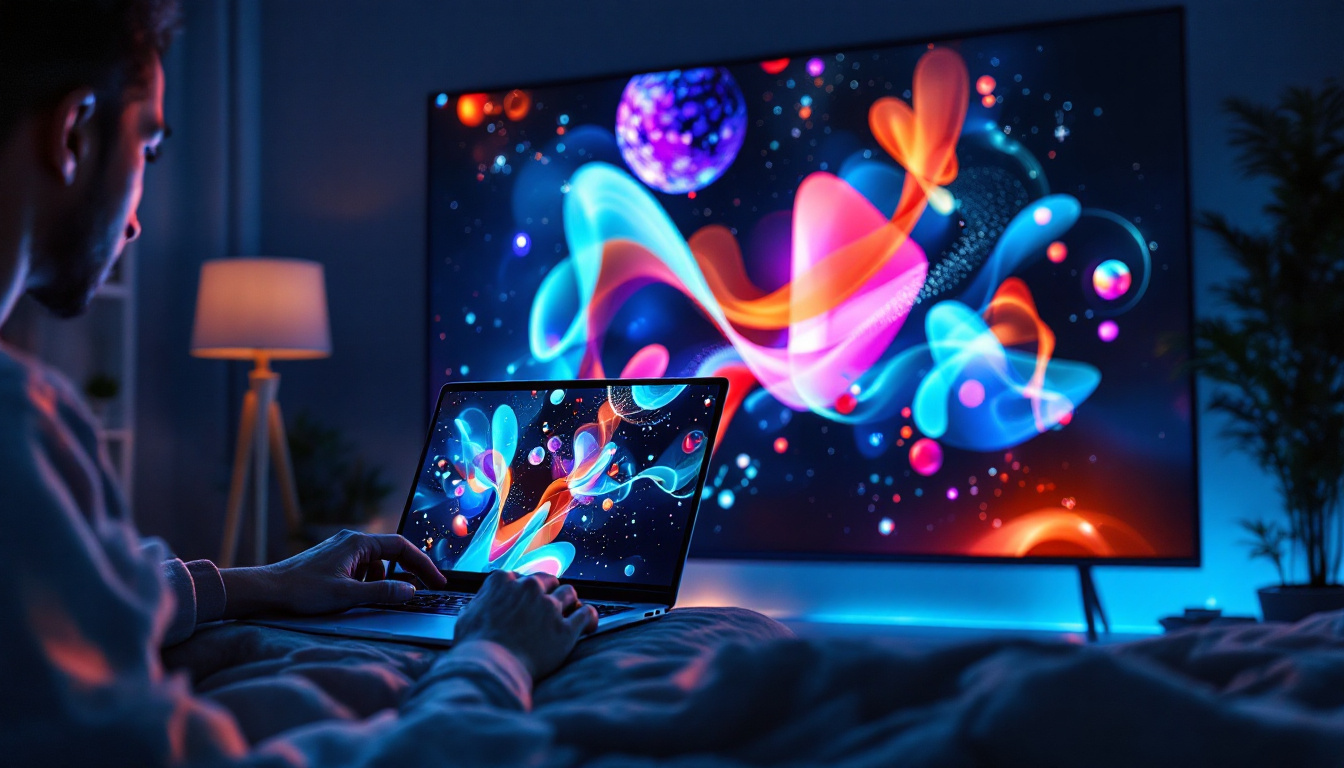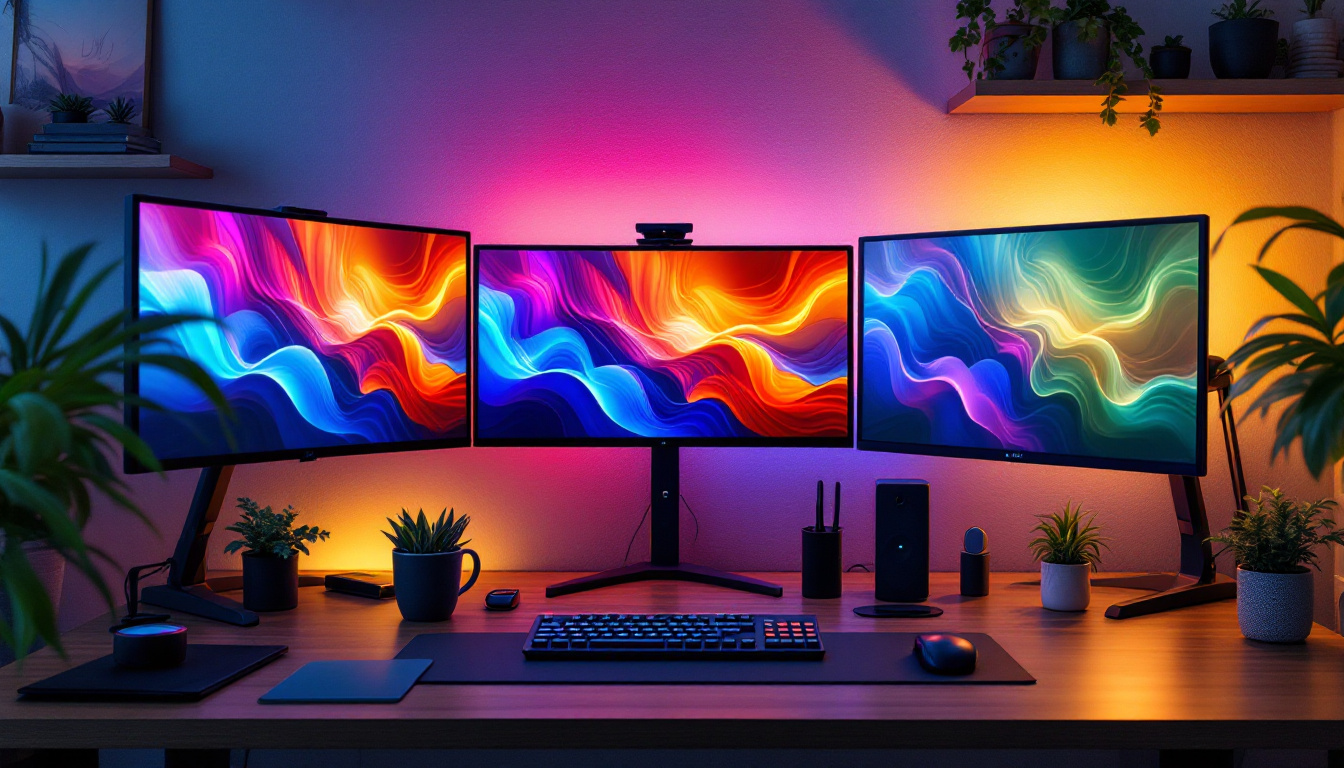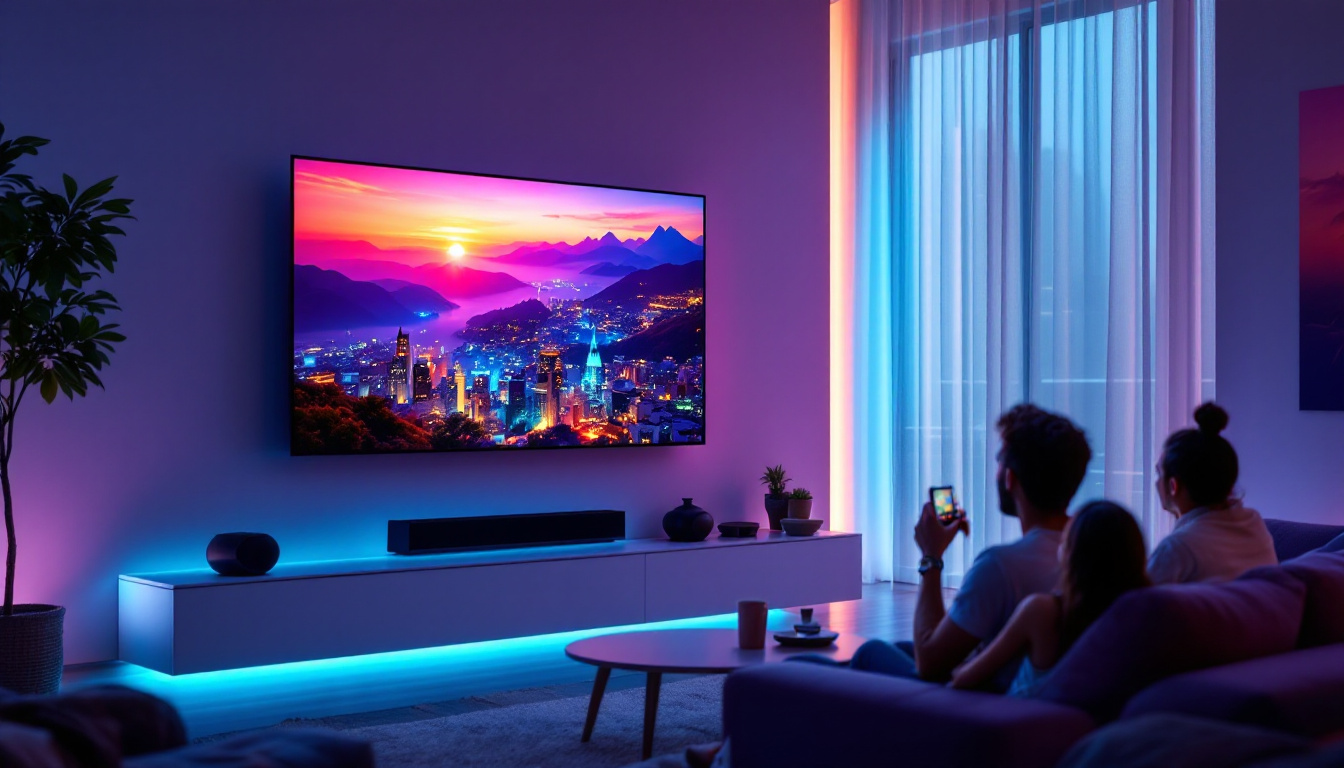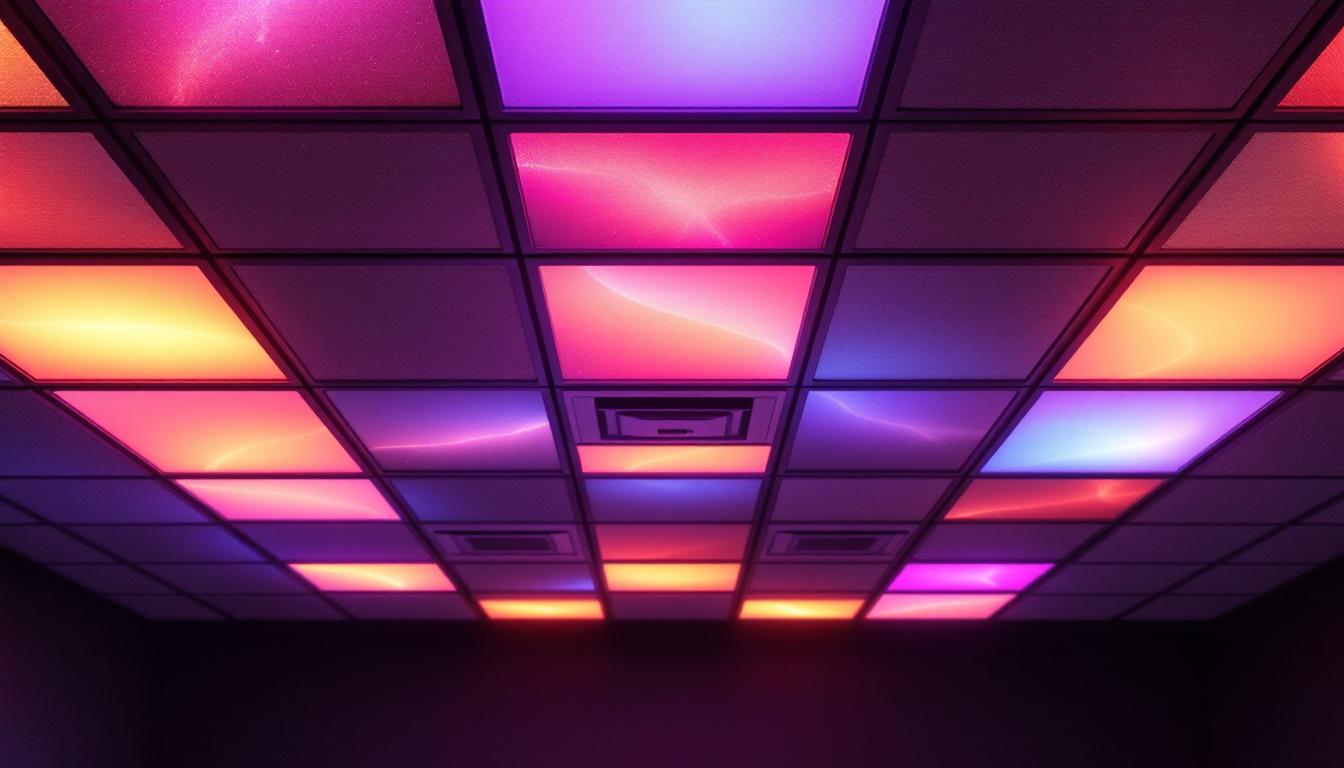Higher Refresh Rate TV: LED Display Explained
In the ever-evolving world of television technology, the refresh rate is a crucial factor that significantly impacts the viewing experience. With the advent of higher refresh rate TVs, particularly those featuring LED displays, consumers are presented with an array of options that promise smoother motion and enhanced clarity. This article delves into what higher refresh rates mean, how they work, and why they matter in the context of LED displays.
Understanding Refresh Rate
Refresh rate, measured in hertz (Hz), refers to the number of times a TV screen updates its image per second. A higher refresh rate means that the screen can display more frames in the same amount of time, which is particularly beneficial for fast-moving content such as sports, action movies, and video games.
Standard vs. Higher Refresh Rates
Most traditional TVs operate at a standard refresh rate of 60Hz, meaning they refresh the image 60 times per second. However, higher refresh rate TVs can operate at 120Hz, 240Hz, or even higher. This increase allows for smoother transitions between frames, reducing motion blur and enhancing the overall viewing experience.
For example, when watching a high-speed chase in a movie or playing a fast-paced video game, a higher refresh rate can make the action appear more fluid and less jarring. This is particularly important for gamers, as a higher refresh rate can provide a competitive edge by allowing for quicker reactions and more precise movements. Additionally, many modern gaming consoles and PCs are designed to take advantage of these higher refresh rates, ensuring that players can experience their games as intended, with minimal lag and maximum responsiveness.
The Science Behind Refresh Rates
Understanding the science behind refresh rates involves recognizing how the human eye perceives motion. The average human eye can detect motion at around 24 frames per second (fps). However, higher refresh rates can create a more seamless experience by reducing the perception of motion blur, especially in fast-moving scenes. This is achieved through a combination of frame interpolation and backlight scanning techniques, which help to create the illusion of smoother motion.
Frame interpolation involves the TV generating additional frames between the original frames, effectively increasing the perceived refresh rate. Backlight scanning, on the other hand, turns the backlight on and off rapidly to reduce motion blur during fast scenes. Together, these technologies contribute to a more immersive viewing experience. Furthermore, advancements in display technology, such as OLED and QLED, have also played a significant role in enhancing refresh rates. These technologies not only improve color accuracy and contrast but also work in tandem with high refresh rates to provide a more vibrant and dynamic picture, making every viewing experience more engaging and lifelike.
Benefits of Higher Refresh Rate TVs
Investing in a higher refresh rate TV comes with several advantages that can enhance the overall viewing experience. These benefits extend beyond just smoother motion and can significantly impact how content is consumed.
Improved Motion Clarity
One of the most noticeable benefits of a higher refresh rate is improved motion clarity. Fast-moving scenes, whether in sports broadcasts or action-packed films, appear much clearer and more defined. This clarity helps viewers to follow the action without straining their eyes or losing track of fast-moving objects on screen.
Additionally, higher refresh rates can reduce the blurring effect that often occurs during quick movements. This is particularly beneficial for sports enthusiasts who want to catch every detail of the game, from the swift movements of players to the trajectory of the ball. The enhanced clarity also allows for a more immersive experience, as viewers feel as if they are part of the action, rather than just passive observers. This level of engagement can transform how one enjoys various forms of entertainment, making it more dynamic and thrilling.
Enhanced Gaming Experience
For gamers, a higher refresh rate can be a game-changer. Many modern gaming consoles and high-performance PCs can output frames at rates exceeding 60fps, making a 120Hz or 240Hz TV an ideal choice. This capability allows for a smoother and more responsive gaming experience, which is crucial in competitive scenarios.
Moreover, the reduced input lag associated with higher refresh rates means that players can react more quickly to in-game events, giving them a significant advantage in fast-paced games. This responsiveness can be the difference between victory and defeat in competitive gaming environments. Furthermore, many gamers appreciate the visual fidelity that comes with higher refresh rates, as it allows for more detailed graphics and a more fluid animation, enhancing the overall aesthetic of the game. As a result, players can fully immerse themselves in richly detailed worlds, making their gaming sessions not just a pastime, but an exhilarating experience.
Future-Proofing Your Viewing Experience
As technology continues to advance, content creators are increasingly producing media that takes advantage of higher refresh rates. Streaming services, video games, and even Blu-ray discs are beginning to support higher frame rates, making a higher refresh rate TV a wise investment for the future. By choosing a TV with a higher refresh rate, consumers can ensure that they are prepared for the next generation of content, enhancing their viewing experience for years to come.
Moreover, as the demand for high-quality content grows, more filmmakers and studios are exploring the potential of higher frame rates in cinematic releases. This trend not only promises to elevate the quality of films but also encourages the development of new technologies that further enhance the viewing experience. With the advent of virtual reality and augmented reality, higher refresh rates will play a crucial role in delivering seamless and immersive experiences, making it essential for consumers to consider these advancements when investing in their home entertainment systems. As a result, a higher refresh rate TV not only caters to current viewing needs but also positions consumers at the forefront of evolving entertainment technologies.
LED Displays and Refresh Rates
LED displays have become the standard for modern televisions, offering vibrant colors, deep blacks, and excellent brightness levels. Understanding how LED technology interacts with refresh rates is essential for consumers looking to make informed purchasing decisions.
The Role of LED Technology
LED (Light Emitting Diode) technology is a form of LCD (Liquid Crystal Display) that uses LEDs for backlighting. This technology allows for thinner panels, improved energy efficiency, and better overall picture quality compared to traditional LCDs. The combination of LED technology and higher refresh rates results in a visually stunning viewing experience.
LED displays are capable of achieving high brightness levels, which is particularly beneficial in well-lit rooms. This brightness, combined with the enhanced motion clarity provided by higher refresh rates, creates an immersive viewing experience that is hard to match.
Dynamic Refresh Rates in LED TVs
Many modern LED TVs incorporate dynamic refresh rate technology, which adjusts the refresh rate based on the content being displayed. For instance, when playing a video game, the TV may switch to a higher refresh rate to provide smoother motion, while during slower content, it may revert to a standard refresh rate to conserve energy.
This dynamic adjustment not only enhances the viewing experience but also contributes to the longevity of the TV by reducing wear on the components. As a result, consumers can enjoy both high performance and energy efficiency with their LED displays.
Choosing the Right Higher Refresh Rate TV
With numerous options available in the market, selecting the right higher refresh rate TV can be a daunting task. Several factors should be considered to ensure that the chosen model meets the viewer’s needs and preferences.
Consider Your Viewing Habits
Understanding how the TV will be used is crucial when selecting a model. For those who primarily watch sports or action movies, a higher refresh rate will significantly enhance the viewing experience. Gamers should also prioritize higher refresh rates to take full advantage of their gaming systems.
Conversely, if the TV will mostly be used for watching slower-paced content such as dramas or documentaries, a standard refresh rate may suffice. Assessing viewing habits can help narrow down the options and ensure that the investment aligns with how the TV will be used.
Evaluate the Specifications
When comparing higher refresh rate TVs, it is essential to evaluate the specifications thoroughly. Look for models that offer true 120Hz or higher refresh rates, rather than those that use motion smoothing technologies to artificially inflate the refresh rate. Additionally, consider other features such as resolution (4K or 8K), HDR support, and connectivity options.
Reading reviews and expert opinions can also provide valuable insights into the performance of specific models, helping consumers make informed decisions based on real-world experiences.
Budget Considerations
Higher refresh rate TVs can vary significantly in price, depending on the brand, size, and features. Setting a budget before shopping can help narrow down the options and prevent overspending. It is also worth considering the long-term value of the investment; a higher-quality TV may come with a higher price tag but can provide a superior viewing experience for years to come.
Conclusion
Higher refresh rate TVs with LED displays represent a significant advancement in television technology, offering consumers a more immersive and enjoyable viewing experience. With benefits such as improved motion clarity, enhanced gaming performance, and future-proofing capabilities, these TVs are becoming increasingly popular among consumers.
Understanding the intricacies of refresh rates and LED technology is essential for making informed purchasing decisions. By considering individual viewing habits, evaluating specifications, and setting a budget, consumers can select the right higher refresh rate TV that meets their needs and enhances their overall entertainment experience.
As technology continues to evolve, embracing higher refresh rates will undoubtedly provide viewers with a more dynamic and engaging way to enjoy their favorite content, ensuring that every moment on screen is as captivating as possible.
Discover the Future of Viewing with LumenMatrix
Ready to elevate your viewing experience with the latest in LED display technology? LumenMatrix is at the forefront of innovation, offering a wide range of LED display solutions that bring your content to life. From immersive Indoor LED Wall Displays to dynamic Outdoor LED Wall Displays, and from engaging LED Sports Displays to versatile All-in-One LED Displays, LumenMatrix has the perfect solution to meet your needs. Embrace the future of visual communication and check out LumenMatrix LED Display Solutions today to see how we can enhance your brand visibility and create unforgettable visual experiences.










